Table of content
Chestnuts, often hailed as the “bread of the forest,” have been a culinary staple across cultures for centuries. Their earthy sweetness and versatility make them a beloved ingredient in both sweet and savory dishes. However, achieving that perfect texture—tender yet slightly firm, with a rich, nutty flavor—requires skill and attention to detail. This article explores the nuances of cooking chestnuts, focusing on boiling, roasting, and other methods, while delving into selection, storage, and creative recipes to elevate your chestnut game.
Understanding Chestnuts: A Brief Overview
Chestnuts (Castanea species) are distinct from other nuts like almonds or walnuts due to their high starch content and low fat profile. Unlike their oily counterparts, chestnuts boast a mild, almost potato-like texture when cooked, making them a unique addition to meals. Culturally, they are deeply rooted in traditions: think of roasted chestnuts sold by street vendors in winter, or their role in Italian polenta, Japanese kuri gohan (chestnut rice), and Chinese desserts.
But why do chestnuts sometimes turn out dry, mealy, or bitter? The answer lies in cooking techniques. Overcooking can leach moisture, resulting in a chalky texture, while undercooking leaves them crunchy and unappetizing. Mastering the balance is key.
Selecting and Storing Chestnuts
Before diving into cooking, start with quality nuts. Fresh chestnuts should feel heavy for their size, with glossy, unblemished shells. Avoid specimens with cracks, holes (a sign of pests), or mold. The shell’s color can vary from dark brown to reddish-tan, but uniformity matters more than hue.
Storage Tips:
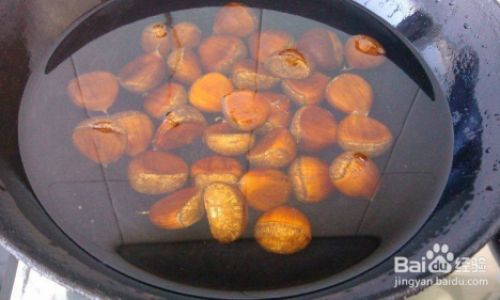
- Short-term: Keep chestnuts in a cool, dry place (like a pantry) for up to two weeks.
- Long-term: Refrigerate them in a breathable bag (not plastic) for up to a month. Freezing is not recommended, as it alters texture.
The Ultimate Guide to Boiling Chestnuts
Boiling is one of the simplest methods to cook chestnuts, yielding tender, moist results ideal for purées, stuffings, or eating plain. Here’s a step-by-step breakdown:
Preparing the Chestnuts
- Scoring the Shell: Use a sharp paring knife to cut an “X” or straight line on the flat side of each chestnut. This prevents bursting and eases peeling.
- Soaking (Optional): Soak scored chestnuts in warm water for 15–30 minutes. This hydrates the flesh and loosens skins.
Boiling Process
- Place chestnuts in a pot and cover with cold water. Add a pinch of salt (enhances flavor) and a bay leaf (for aromatic depth).
- Bring to a boil, then reduce to a simmer. Cook for 15–20 minutes, or until tender.
- Testing Doneness: Pierce a chestnut with a knife; it should glide in smoothly.
Peeling
- Drain and peel while hot, as cooled chestnuts are notoriously stubborn. Use a towel to protect your hands.
- Remove both the outer shell and inner papery skin. If they resist, reheat briefly in the microwave or a warm oven.
Pro Tips:
- Add a teaspoon of baking soda to the water; it softens shells and skins.
- For larger batches, use a pressure cooker: 8–10 minutes on high pressure.
Roasting Chestnuts: The Classic Method
Roasting enhances chestnuts’ natural sweetness, creating a caramelized exterior. Follow these steps for perfect results:
Preheating the Oven
Set your oven to 425°F (220°C). Line a baking tray with parchment paper.
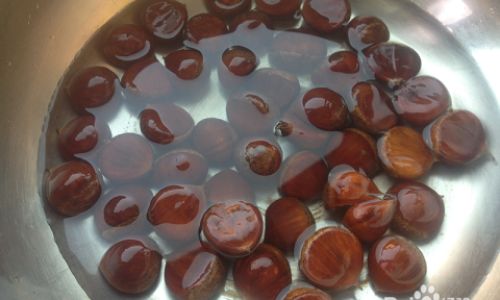
Scoring and Seasoning
- Score chestnuts as with boiling.
- Toss with olive oil, rosemary, and a sprinkle of sea salt for added flavor.
Roasting
- Roast for 15–20 minutes, shaking the tray halfway. The shells should split open, revealing golden flesh.
- Peel immediately, using a towel to handle the heat.
Variation: For a smoky twist, roast chestnuts over an open flame (like a grill or fireplace) until charred.
Grilling and Microwaving: Quick Alternatives
- Grilling: Parboil chestnuts first, then grill over medium heat for 5–7 minutes, turning occasionally.
- Microwaving: Place scored chestnuts in a microwave-safe dish with a lid. Cook on high for 2–3 minutes, then rest for a minute before peeling.
Creative Recipes to Try
Classic Boiled Chestnuts with Herbed Butter
- Ingredients: 1 lb boiled chestnuts, 4 tbsp unsalted butter, 1 tbsp chopped thyme, 1 garlic clove (minced).
- Method: Sauté garlic in butter, add chestnuts, and toss with thyme. Season with pepper.
Roasted Chestnut and Mushroom Stuffing
- Ingredients: 2 cups roasted chestnuts (chopped), 1 cup cooked wild rice, 1 cup sautéed mushrooms, ½ cup toasted pecans, ¼ cup fresh parsley.
- Method: Mix all ingredients, season, and bake at 350°F (175°C) for 25 minutes.
Chestnut and Chocolate Dessert Purée
- Ingredients: 2 cups boiled chestnuts, ½ cup milk, ¼ cup cocoa powder, 3 tbsp honey, 1 tsp vanilla.
- Method: Blend chestnuts with milk until smooth. Fold in cocoa, honey, and vanilla. Serve warm with ice cream.
Chestnut Soup with Truffle Oil
- Ingredients: 1 lb boiled chestnuts, 1 onion (diced), 4 cups vegetable broth, ½ cup heavy cream, truffle oil for garnish.
- Method: Sauté onion, add chestnuts and broth. Simmer 20 minutes, blend, stir in cream, and drizzle with truffle oil.
Troubleshooting Common Issues
- Hard-to-Peel Chestnuts: Always peel while hot. If stuck, reheat briefly.
- Mealy Texture: Overcooking dehydrates chestnuts. Stick to recommended times.
- Bitter Flavor: Underripe or old chestnuts may taste bitter. Test one before cooking a batch.
Serving Suggestions and Pairings
Chestnuts shine in both simple and elaborate dishes:
- Snacks: Roasted chestnuts with a sprinkle of sea salt.
- Salads: Toss with arugula, pomegranate seeds, and goat cheese.
- Main Courses: Add to stuffing for poultry or game birds.
- Desserts: Incorporate into cakes, tarts, or Mont Blanc pastries.
Pair boiled chestnuts with robust cheeses like Gouda or blue cheese. For roasted varieties, pair with red wine or mulled cider.
Chestnut Flour: A Gluten-Free Alternative
Grind dried chestnuts into flour for gluten-free baking. Use it in pancakes, bread, or as a thickener for soups. Chestnut flour has a distinct sweetness, so adjust sugars in recipes accordingly.
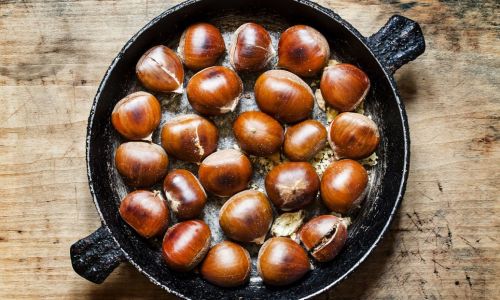
Cultural Significance and Fun Facts
- In Japan, chestnuts symbolize resilience and are central to Tsukimi (moon-viewing) festivals.
- In Corsica, chestnuts are dubbed “the tree of bread,” as they were a staple during famines.
- The world’s largest chestnut producer is China, followed by South Korea and Turkey.
Conclusion
Cooking chestnuts is an art that rewards patience and practice. Whether boiled, roasted, or grilled, these nuts offer a canvas for culinary creativity. Experiment with seasonings, pairings, and recipes to discover your favorite method. Remember: the key to perfection lies in freshness, proper scoring, and timing. So, grab a knife, a pot, and a batch of chestnuts—your next meal deserves this autumnal delight.
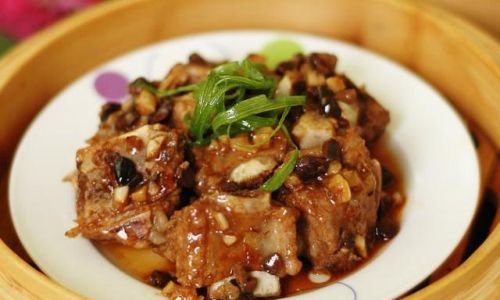
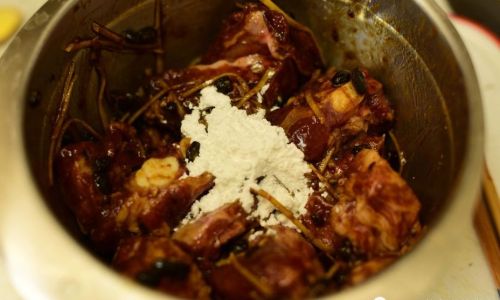
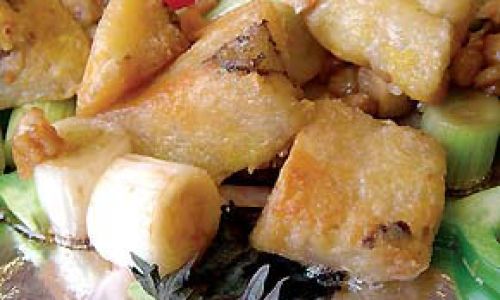
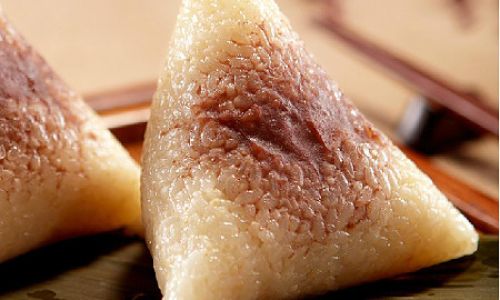
0 comments